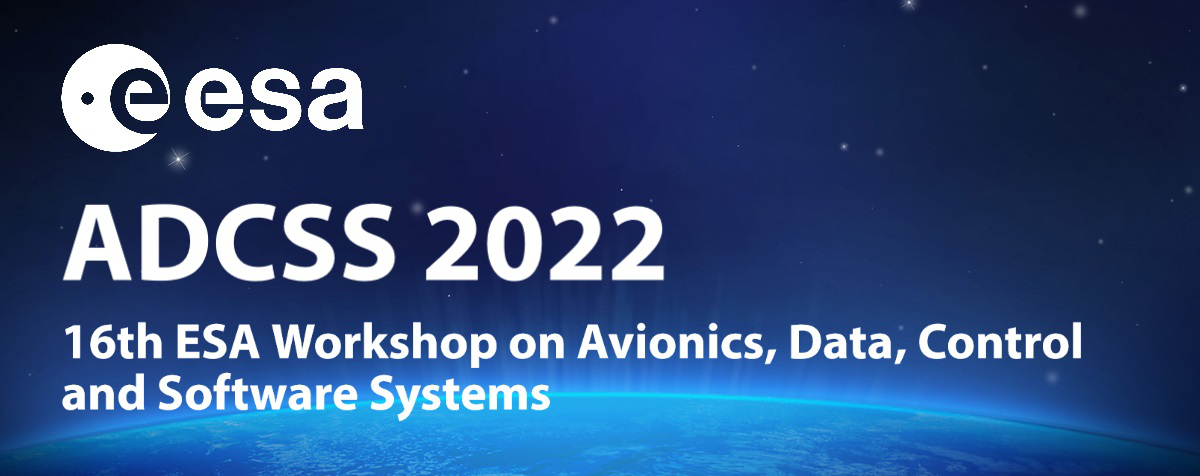Speaker
Description
The imaging sensor market for space is experiencing a rapid growth largely focused on larger area sensors and faster frame rates. This brings challenges in terms how to output a great quantity of data at high speed in a way that it is still easy to interface with the rest of the system and within a reasonable power budget. These challenges are also present in non-space commercial markets. It is possible to take advantage of advances in electrical interface technology from commercial products to meet the demands of space applications.
The route to support such rapid evolution is to innovate on technologies including the electronic integration. Teledyne-e2v will present the results covering the latest electrical interface innovations for large and high-speed CMOS image sensors and their associated front-end electronics.
CMOS image sensor are now used for the majority of space missions and continue to offer both improved performance and new features. The latest large area platform, CIS300 a 9k x 8.6k 10 µm pixel pitch detector featuring high speed, high dynamic range and ultra-low noise technology enabling sub electron performance, will be presented. The focus will be on the implementation of its 2 Gbps electrical interface. This interface has been developed with the integration of a GHz PLL, serialiser, 8/10B encoding, data stream approach where data, clock, end of line, beginning of line and CRC are included to support high speed through put with high quality. The 2 Ghz output video channel is made of a wide-band low power high speed CML output buffer. A second product, CIS125, utilising this interface will be presented along with silicon results. This is the latest product from the CCDonCMOS charge domain family for high resolution earth observation with a high full well capacity of 30 ke- for a 5 µm pixel pitch.
Examples will be given of how these detectors combined with front-end electronics developed at Teledyne e2v provide performance optimisation and allow easier interfacing with space interface standards.

